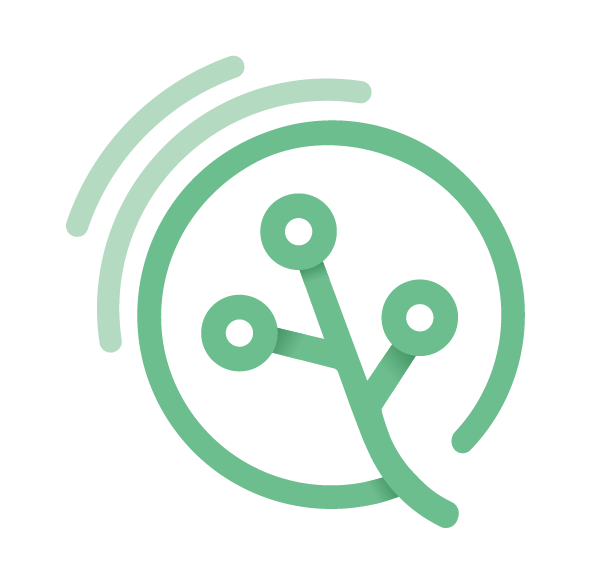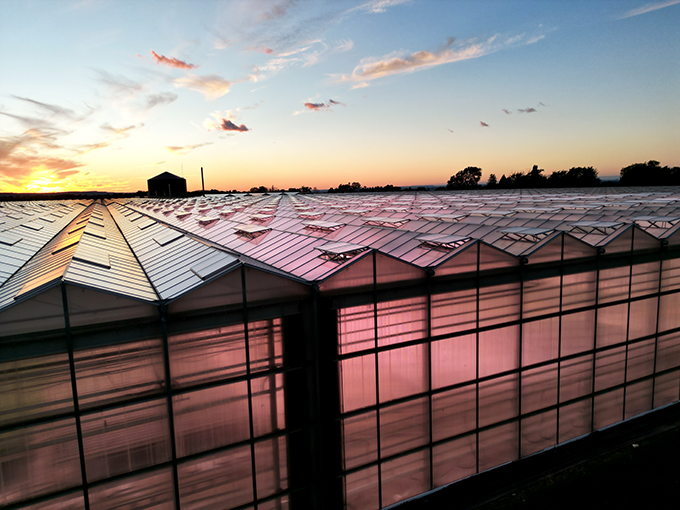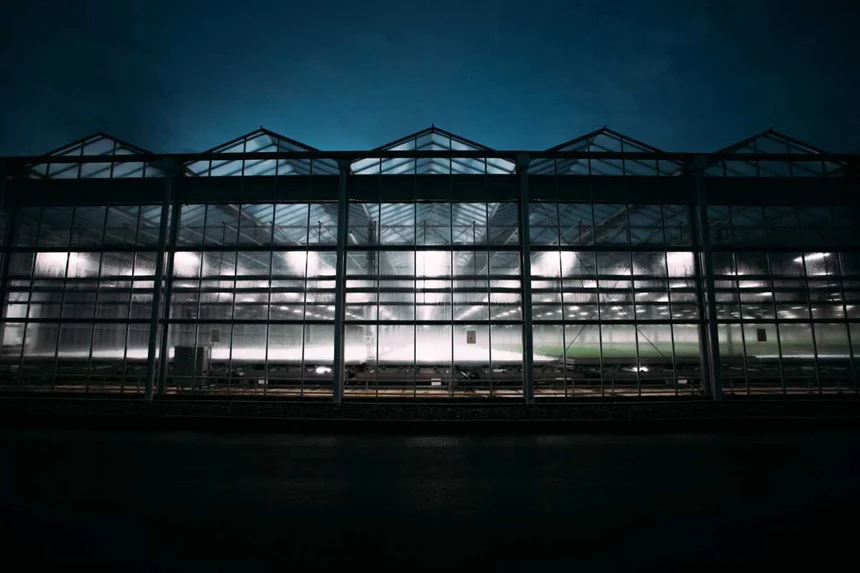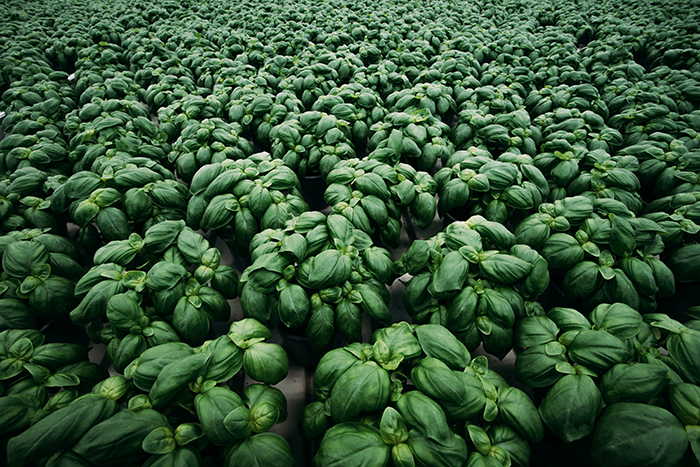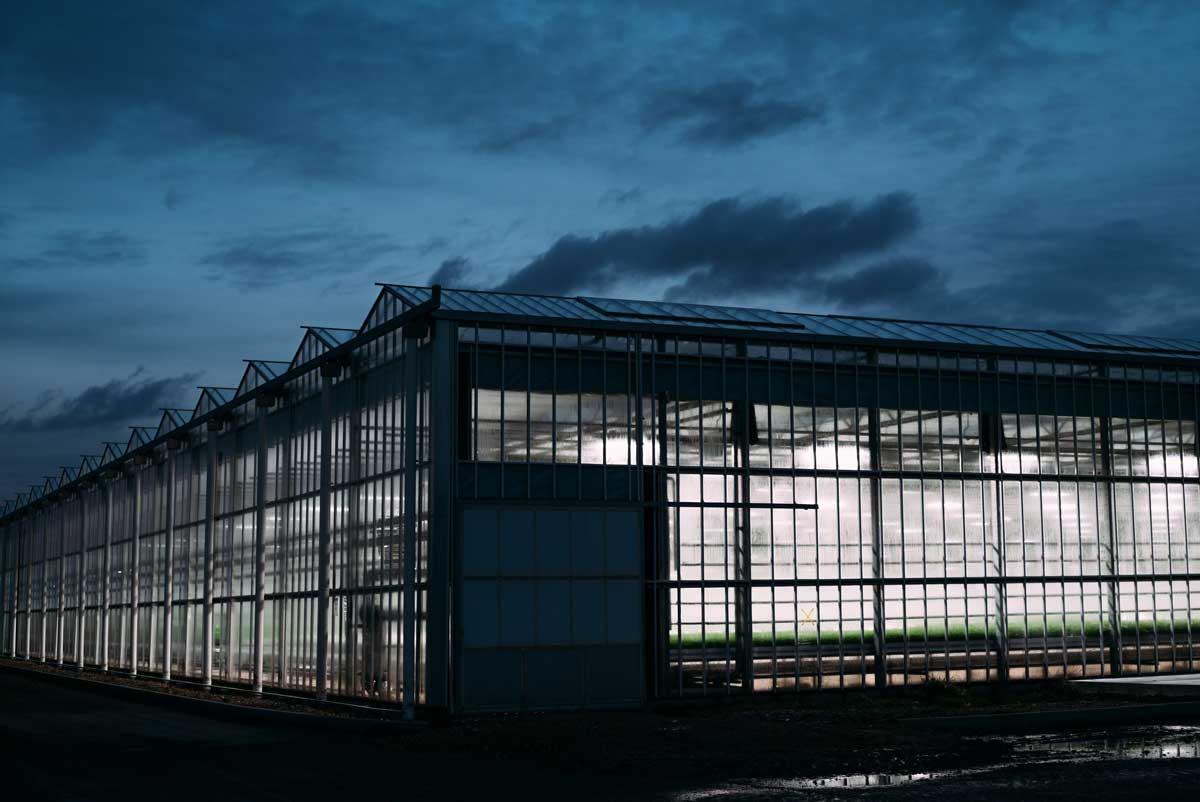Research
Articles
The United Nations estimates that by 2050 the world population could grow to about 9.7 billion from today’s estimated 7.7 billion. To put it simply, there will be about 2 billion more of us and we will need to increase food production by up to 70% to meet future demands.
Boosting production to that degree is not easy coupled with limitations of land, natural resources, and climate change. Nonetheless, thanks to agricultural technology companies, we are on the verge of witnessing another fundamental transformation in agriculture called Smart Farming.
Innovation and Smart Farming
From the invention of oxen and horses for power, plows, and cotton gin to the introduction of tractors, innovation remains the cornerstone of agriculture.
Technology and agriculture have always been intertwined. Agriculture is the first principal human technological breakthrough because when the early men learned how to plant and harvest food, they stopped wandering around to gather food. This led to the creation of stable shelters, languages, leaders, towns, and trade.
Smart Farming today is a farming management concept of applying modern information and data technologies to increase the quality and quantity of agricultural products.
The key driver of Smart farming is IoT (Internet of Things). The Internet of Things refers to connecting physical devices to the internet for collecting and sharing data. The technological devices that make up Smart farming include mobile applications, sensors, global positioning technologies (GPS), data analytics tools, and robotics.
An interesting example of a physical device that has been connected to a smart farming technology is the ELIXIA LED grow light. The additional compatibility with helioCORE™ control system transforms ELIXIA, giving it access to a suite of automation tools such as DLI, and on-target control modules.
The focus of Smart Farming is to access data and the application of the data. Smart Farming follows a cycle where the observed data is recorded, the data is fed to a cloud-hosted IoT platform with predefined decision rules that verify the condition of the object, and then data models identify any deficiency. Lastly, the information is sent to the user who in turn takes an action.
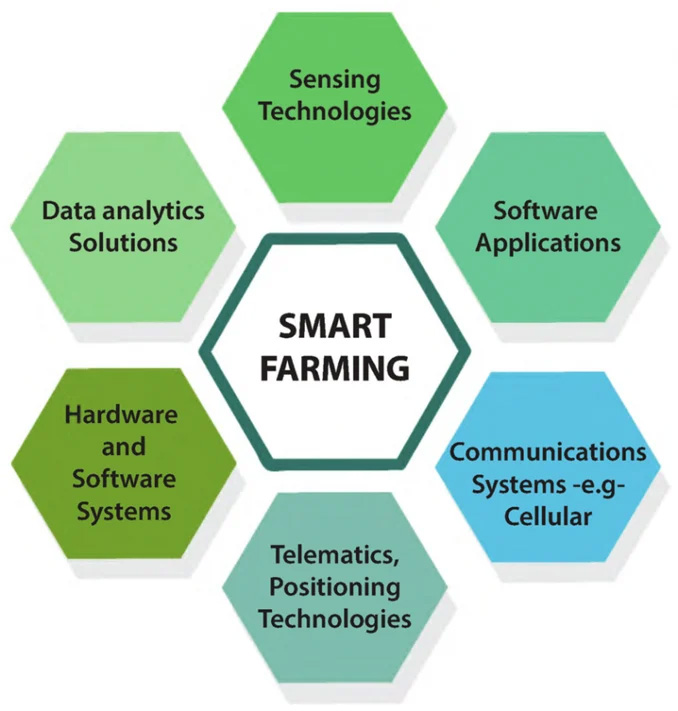
Different types of technologies involved in Smart Farming (Image credit: Beecham Research Ltd)
How Smart Farming is changing Agriculture
Let’s take a look at the benefits of implementing modern information and data technologies into your commercial or local farm.
1. Increase Production and Quality of Yields
Some agricultural IoT products are crop management devices thereby enabling precision farming for complete greenhouse automation. Parallel to weather stations, they can be placed in a growing environment or a field to collect specific data for crops. Elements like temperature, daily light integral, light intensity, and precipitation are collected and recorded by the devices. Data on these elements allow you to achieve better control over the production process and to maintain higher standards of crop quality. Optimized crop cultivation practices such as accurate planting times, providing the right amount of light to crops, watering, and harvesting directly increases production rates. Smart farming techniques also enable farmers to monitor the needs of individual plants and adjust their nutrition. This prevents disease and enhances drove and crop health.
2. Real-time Data
You can visualize production levels, light intensity, daily light integral, and more in real-time with some devices. This facilitates the decision-making process and saves time.
3. Accurate Forecasting
The potential to foresee the output of your production allows you to plan for better product distribution. Accurate production forecasts help you to maintain and guarantee a desired quantity of yields all year round. This supplies growers with an important tool when negotiating prices with resellers. You can also foresee issues ahead of their occurrence.
4. Remote Monitoring
You can monitor multiple fields in different locations, regardless if you are in the greenhouse, office or elsewhere. This enables you to make real-time decisions from anywhere.
5. Sustainable Agricultur
With amplified control of production, waste levels can be reduced, and costs can be more effectively managed. By using resources such as water and seeds more efficiently, you are also maximizing yields.
6. Efficiencies of Scale
You can automate multiple processes across production cycles with smart devices and control technologies. Automating processes in harvesting, planting and packaging reduce human labor, errors, and overall cost.
Looking to the Future
From the opportunities outlined above, Smart Farming has the real potential to deliver a more productive and sustainable form of agricultural production owing to the fact that it’s rooted in a more precise and resource-efficient approach. If every farming operation in the world becomes a smart farm, reaching that 70% increase in food production is inevitable. Want to automate and control your growing environment? Get started with helioCORE™ the market’s leading LED light control system providing growers with transcendent control and automation of their growing environments.
Related content
Get in touch with us!
From custom light planning, to tailored quotes, and everything in between,
our team of horticulture experts are always ready to assist.
